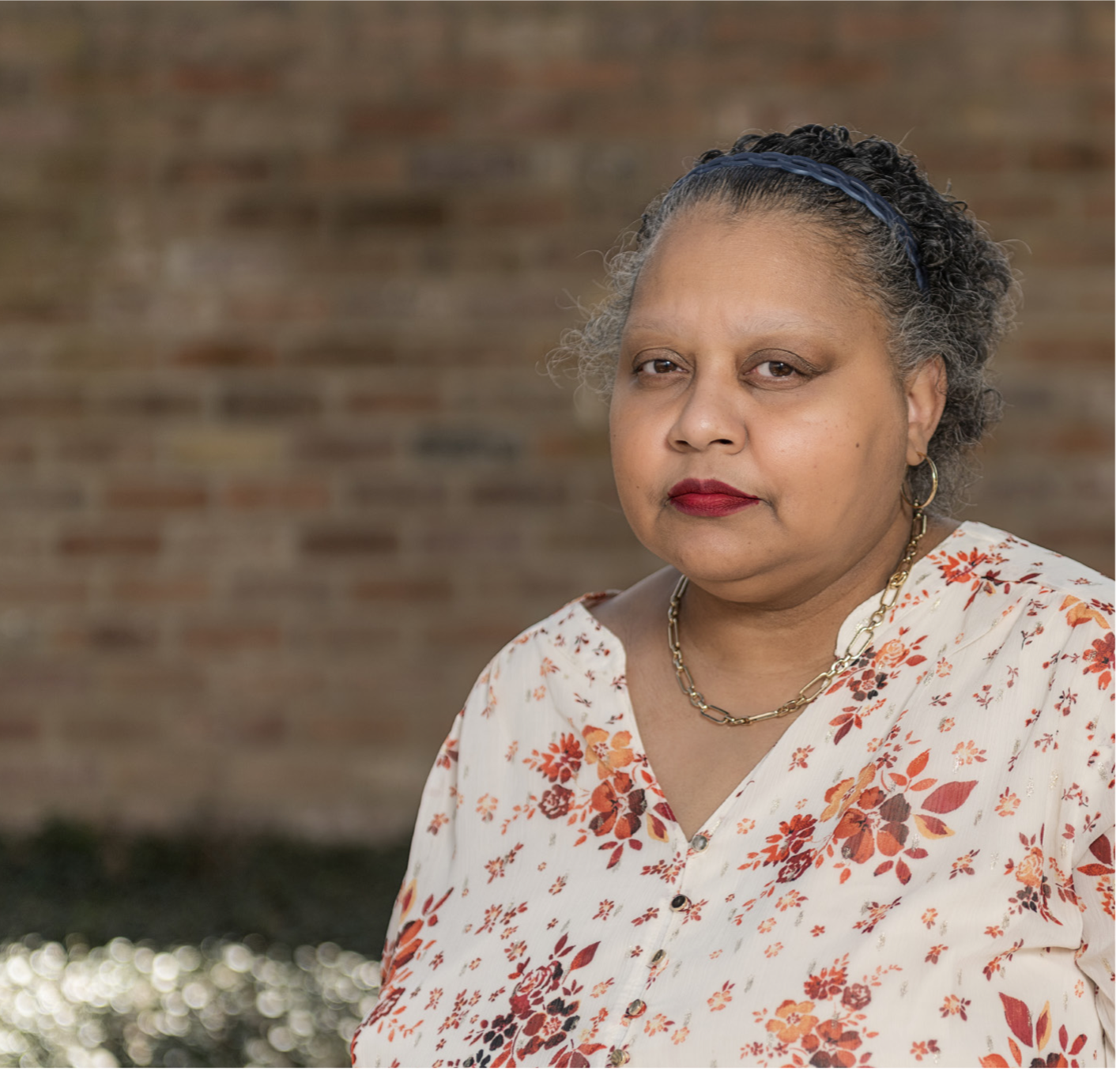Article
Young Female Cancer Survivors May Face Substantial Financial Hardship Due to Employment Disruption
Author(s):
Financial hardship, particularly related to debt and psychological distress, can affect young female cancer survivors who may have to reduce hours or stop work completely.
Results from a study published in Cancer demonstrated that adolescent and young adult female cancer survivors often experienced financial hardship due to employment disruption, but that these difficulties may be improved through interventions that improve workplace accommodations and the transition back into the workforce.
Developments in these areas may also improve cancer survivorship in this patient population, according to the study.
“Our study found that young women who experienced disrupted employment after cancer diagnosis (including stopping work completely, temporary leave or reducing work hours) have a particularly high burden of borrowing money, incurring debt or filing for bankruptcy because of cancer, as well as a high burden of distress about medical bills,” Clare Meernik, who holds a master’s degree in public health and is a doctoral student in the department of epidemiology at the University of North Carolina Gillings School of Public Health in Chapel Hill, said in an interview with CURE®. “Nearly one in 10 women who experienced disrupted employment reported debt of at least $25,000, highlighting the severity of the problem.”
Meernik added that conducting this study was important given the previously established evidence in this area.
“Evidence suggests that young women diagnosed with cancer may be particularly vulnerable to employment and financial challenges given their age (e.g., lower earnings relative to older adults and disproportionately uninsured) and gender (e.g., disproportionately employed part-time and in low-wage positions which lack employer-provided benefits such as paid leave),” Meernik said. “But most studies that have examined the relation between employment disruption and financial hardship have been aggregated by age and gender.”
Study authors assessed cross-sectional survey data from 1,328 women from North Carolina and California diagnosed with cancer between ages 15 to 39 (median age at diagnosis, 34 years) who reported working part-time or full-time. These women had cancer types that are common among adolescents and young adults, including thyroid, breast, gynecologic, melanoma and lymphoma. The survey, completed a median seven years after diagnosis, was a 130-item questionnaire to assess the impact of cancer diagnosis and treatment on several survivorship topics.
The aim of the study was to measure employment disruption, defined as taking temporary leave, reducing hours or completely stopping work due to cancer. Study authors also assessed financial hardship within two domains: material conditions and psychological distress. Material conditions referred to borrowing money or going into debt, whereas psychological distress referred to worrying about paying large medical bills related to cancer.
Of the women who completed the survey, 32% reported employment disruption associated with cancer. In addition, 27% reported financial hardship associated with material condition and 50% reported psychological distress from financial hardship.
Compared with women in this population without employment disruption, those that reported disruption of employment had an 8% higher burden of psychological distress and a 17% higher burden of material conditions.
“To the best of our knowledge, this is the first published study to examine the relation between employment disruption and financial hardship among this specific population of cancer survivors,” Meernik said. “Our findings suggest that a substantial number of young women with cancer may be at risk for adverse financial outcomes after experiencing a disruption to employment, knowledge that can be used by care teams to identify women who may be particularly in need of resources such as financial navigation.”
Although the study authors did not detail specific interventions that can help improve survivorship, Meernik said that a pre-emptive strategy may be helpful in aiding these patients. “I think a first step is assessment of employment-related challenges by the care team or a patient navigator,” Meernik said. “Then a patient can be referred to available resources such as financial navigation or directed to programs or resources (e.g., Cancer and Careers website) that promote physical and psychosocial health, coping strategies, employer education, etc., to facilitate return to work after treatment.”
For more news on cancer updates, research and education, don’t forget to subscribe to CURE®’s newsletters here.



